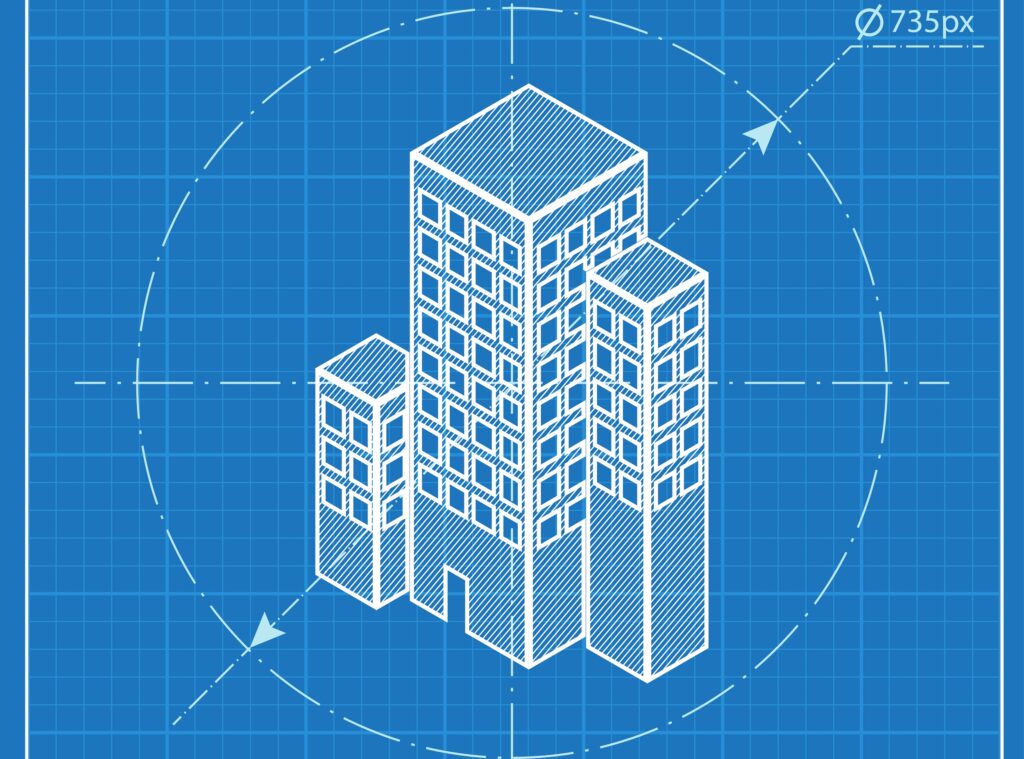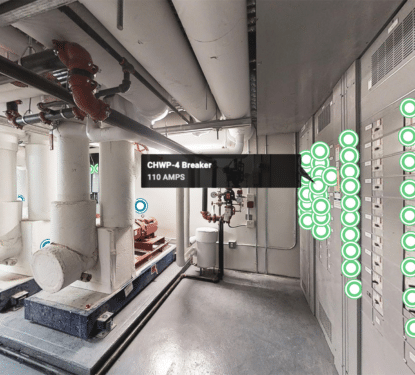Here is the recording and presentation from our live stream with Mike Hook from LMG discussing a blueprint for the future of smart building retrofits.
Mike puts forward his view that retrofits with a light touch are the best solution to keep costs down and enable rapid deployment. And by prioritizing flexibility in a phased approach, buildings can achieve outcomes fast, with the savings made in the initial phase, funding the subsequent phases.
What We Discussed About Smart Building Retrofits
What should ‘good’ retrofits actually look like? What should a properly implemented process be able to achieve? Building owners and designers should look to create an open, generic MQTT-based smart buildings backbone throughout the building or deploy a proprietary, ‘end-to-end’ engineered, vertically integrated smart system architecture.
Both approaches can deliver the smart capabilities that building owners and landlords require to comply with standards like MEES, while also providing the data insights needed to run their buildings more effectively.
Whilst both these strategies are potentially effective, each comes with significant challenges. The MQTT backbone route could be considered overly ambitious as it is not particularly easy to design and deploy and can become unnecessarily complex.
Vertically integrated smart platforms, on the other hand, overcome the complexities associated with generic MQTT backbones by using gateways to interface with third-party building subsystems. However, other challenges emerge, such as a high price tag and potential vendor lock-ins.





